ESG / Sustainability Reporting & Tax Incentives: The New Overlap for UAE Businesses

Why ESG suddenly sits on the finance desk
ESG is no longer a side note in an annual report. In the UAE, investors, lenders, and markets expect clear numbers for impact and governance, not just profit and loss. That lands on finance teams, because books, controls, and evidence live with us. Our job is to make non‑financial data dependable, audit‑ready, and easy to read.
For many accounting firms in Dubai, this shift means extending traditional bookkeeping into sustainability-focused reporting. Whether you are part of an accounting services company or a finance department, ESG is now part of the accounting rhythm.
We keep this guide straight to the point. No buzzwords. Just what to track, how to fit it into your month-end, and how to pass assurance with less stress.
ESG in simple terms

Think of ESG as three buckets of information that sit next to your financials.
- The environment covers energy, emissions, water, and waste.
- Social covers people, safety, training, diversity, and community impact.
- Governance covers boards, policies, controls, and how decisions are made.
You already manage ledgers and proofs. ESG asks you to add clear measures for these buckets and show the trail behind each number.
What this means for bookkeeping in the UAE
The scope of your books just got wider
Traditional bookkeeping tracks cash, revenue, and costs. With ESG, you add non‑financial data that behaves like subledgers. Examples include electricity kWh, diesel litres, flight kilometers, training hours, and incident rates. None of these hit the trial balance directly, yet they feed disclosures that stakeholders care about. Treat them like controlled registers with owners, cut‑off, and periodic checks. For outsourced accounting services UAE, this means aligning client data with ESG metrics from day one.
How we set this up: create a simple “ESG registers” folder next to your accounting period folders. Each register has a definition, a data owner, the source, and a short check process. That is all you need to start.
Data lives across departments, not just finance
Facilities hold energy bills. Procurement holds supplier codes. HR holds headcount and demographics. HSE holds safety logs. You will need a light workflow to collect and lock these data points each period. Keep it simple. One sheet per metric, one owner, one due date, and the latest file saved in the current period folder.
Tip: The best time to collect is alongside the month-end. If you close on Day 5, set ESG pulls on Day 3 and 4, and lock the set on Day 5 with the books.
Assurance is coming, so keep the trail short
Auditors will ask two things. What exactly did you measure, and where is the evidence? Give them a plain definition, a copy of the source bill or report, and a working document that shows the math. Keep it in one PDF per metric per period. Short beats fancy.
What changes for audit and assurance
Expect sampling, cut‑off checks, and recalculations
Assurance teams will sample bills, re‑run conversions, and check that the period window is right. For emissions, they may trace from diesel liters to CO₂e using your chosen factor. For diversity, they will check that headcount totals match HR reports and that the period is consistent with your financial year.
Your move: attach your factor sheet, and lock the period like you do for the ledger. Note who signed off and when.
Controls matter more than tools
A neat manual process can beat a messy system. Review who can edit registers, log changes, and keep an archive by period. If you later buy software, your process drops in cleanly.
Policies should fit on one page
Write what you measure, how often, whose data you use, which factor set you apply, and how you handle restatements. Keep it readable. Your team will actually use it.
A light, practical setup you can start this month

1) Pick ten metrics that matter to your business
Do not try to track everything on day one. Choose a small set that is relevant and measurable. For many UAE firms, a good starter list is:
- Electricity use in kWh
- Fuel use in litres for owned vehicles or generators
- Business travel distance, by air and road
- Water consumption in m³
- General waste disposed of and recycling in kg
- Recordable incident rate
- Training hours per employee
- Employee turnover
- Gender mix by level
- Board and committee attendance
These cover common requests without overloading your team. You can add more once the rhythm settles.
Why this works: You create dependable numbers for items you can control and explain.
2) Assign an owner for each metric
Keep it human. One person per metric. Their name sits in the header of the register. They upload the source each period and tick the check box when done.
3) Define each metric once
Write a plain definition in the register. For example, “Electricity use includes base building and tenant meters for locations we control.” State what you exclude. Consistency beats perfection.
4) Attach the source
Scan or save the bill, the HR report, or the travel export. No source, no number. It is that simple.
5) Show the math
Add a tiny amount of work. If you convert litres to CO₂e, show the factor. If you compute training hours per employee, show the headcount used.
6) Lock each period
On the closing day, export a PDF of the register, staple the source behind it, and save it to the period folder. You now have an auditable pack.
How does this plug into the month-end
- Day 1–2: Finance chases late bills and clears bank feeds. ESG owners collect sources for their registers.
- Day 3: Finance reconciles ledgers. ESG owners fill in the numbers, attach sources, and flag any gaps.
- Day 4: Reviewer spot checks three metrics. If a source is missing, they push back.
- Day 5: Finance locks the books, ESG registers are exported to PDF and saved, and a short note records any estimates used.
The same rhythm every month means fewer surprises at year's end.
Supplier data and the Social and Governance pieces
Suppliers
Create a simple supplier code with fields for country, TRN, and any attestations you care about, such as environmental policy or code of conduct. You are not auditing your suppliers; you are logging what they declare and filing it neatly. Re‑confirm once a year.
People and policies
For social metrics, talk to HR. Agree on headcount cut‑off and one report format. For governance, pull board and committee attendance from the company secretary. Keep minutes and approvals in the same year‑period structure you use for finance.
Common pitfalls we fix for clients
No owner, no number. A register with three names means no one feels responsible. Assign one person.
Moving goalposts. Definitions change midyear. Lock a one‑page policy so numbers line up across periods.
Orphaned metrics. Numbers show up with no source. Make “no source, no number” your rule.
End‑of‑year panic. Data is collected once a year. Collecting monthly and year-end becomes a simple roll‑up.
Each fix is small. Together, they reduce audit time and stress, something both internal teams and accounting firms in Dubai appreciate when audit season arrives.
Examples you can relate to
Facilities‑heavy business
A logistics firm runs multiple warehouses with mixed meters. We set separate registers per site, then built a simple roll‑up sheet. The team now spots outliers by site, not just in total, and can explain spikes with maintenance logs.
Professional services
A consulting firm’s footprint is mostly travel. We connected the expense tool to export flight segments monthly. The register shows kilometers flown and a rough CO₂e figure. Year-end assurance checks three trips back to tickets and boarding passes stored in the expense system.
Light manufacturing
A small plant tracks electricity and water, plus recordable incidents. We agreed on a definition for incident rate with HSE, then added a quick monthly review meeting between HSE and finance. The result is a clean record that ties to payslips, training logs, and site reports.
All three cases use simple spreadsheets, clear sources, and one‑page policies. No heavy software needed to start, just good process and support from an accounting services company or outsourced accounting services UAE partner who understands ESG.
What this means for external reporting
If you publish a sustainability report, your assurance team will sample metrics and test controls. If you do not publish publicly, customers or lenders may still request a data pack as part of procurement or credit. In both cases, a short, tidy file wins. It shows that your numbers are stable and your process is repeatable.
Two simple ways we can help
Talk to Alpha Pro Partners for a quick ESG‑ready finance check. We map your metrics, set owners, and plug the workflow into your month-end.
Need help building an assurance‑friendly pack? We create the registers, definition sheets, and the tidy folder structure, then walk your team through a sample review. We also support outsourced accounting services UAE clients who need ESG readiness built into their ongoing accounting cycle.
FAQs
How often should we collect ESG data?
Monthly works best. It fits month-end and avoids year‑end scrambles. Quarterly can work for lower volumes, but you lose visibility.
Do we need new software right away?
No. Start with clean registers and sources. Once your process is stable, choose a tool that mirrors your flow.
Who signs off on ESG numbers?
Give each metric an owner and assign a reviewer. The finance lead or internal audit can review the set at quarter's end.
What if we estimate a number?
Note the estimate, the basis, and the plan to true‑up next period. Keep the note with the register.
Will this affect VAT or corporate tax?
ESG sits aside from tax. The discipline you build improves your control environment overall. Keep VAT and corporate tax in their own workflows.
Can we change the definition midyear?
Only with a clear reason. Document the change, restate prior periods if needed, and explain it in your report.
How do we handle suppliers with no ESG info?
Record what you asked for, what they provided, and the date. Re‑check yearly. Do not hold up your own file waiting for perfection.
Do small companies need assurance?
It depends on stakeholder requests. Many start with internal checks, then move to limited assurance when customers or lenders ask.
What about double-counting energy in shared sites?
Agree on a simple rule with facilities. If you cannot split fairly, disclose the approach and keep it consistent.
How long should we keep ESG records?
Follow your normal retention policy for financial support. Seven years is a practical benchmark many UAE businesses follow.

.webp)
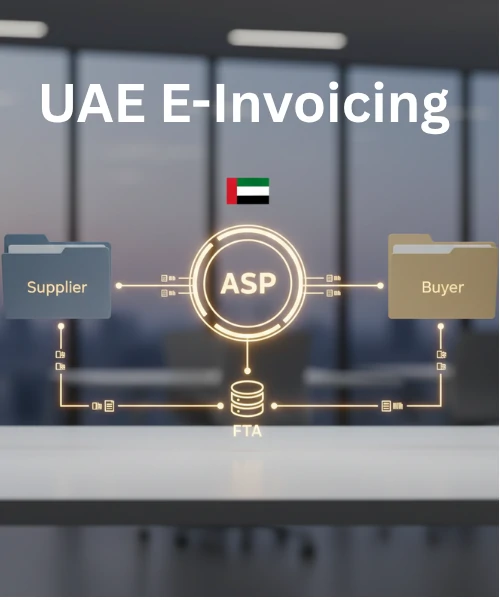
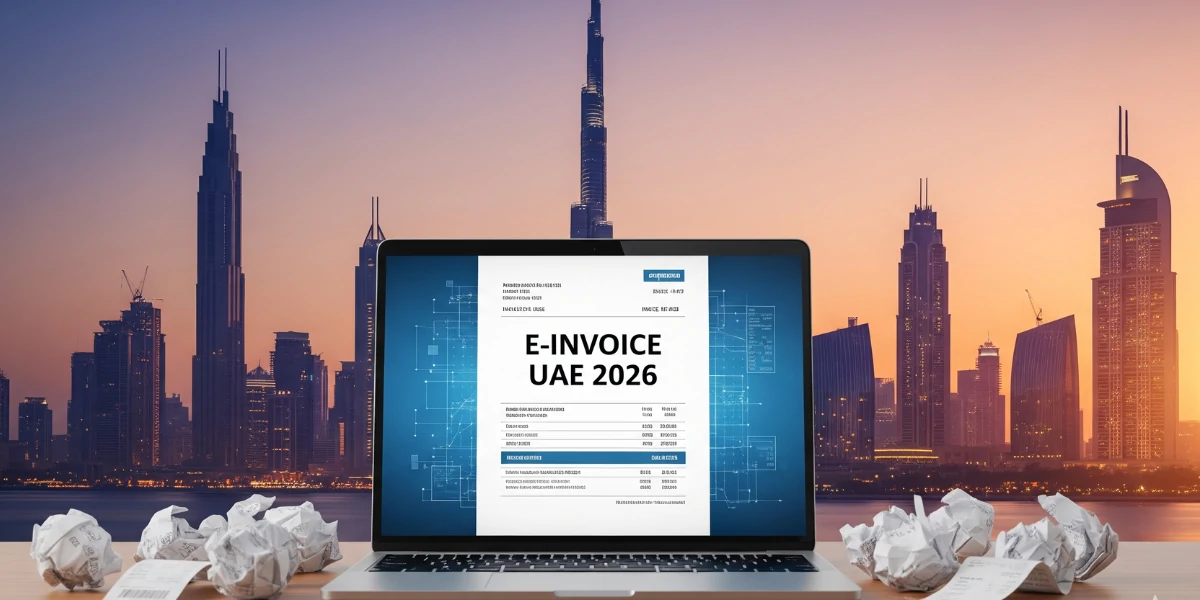



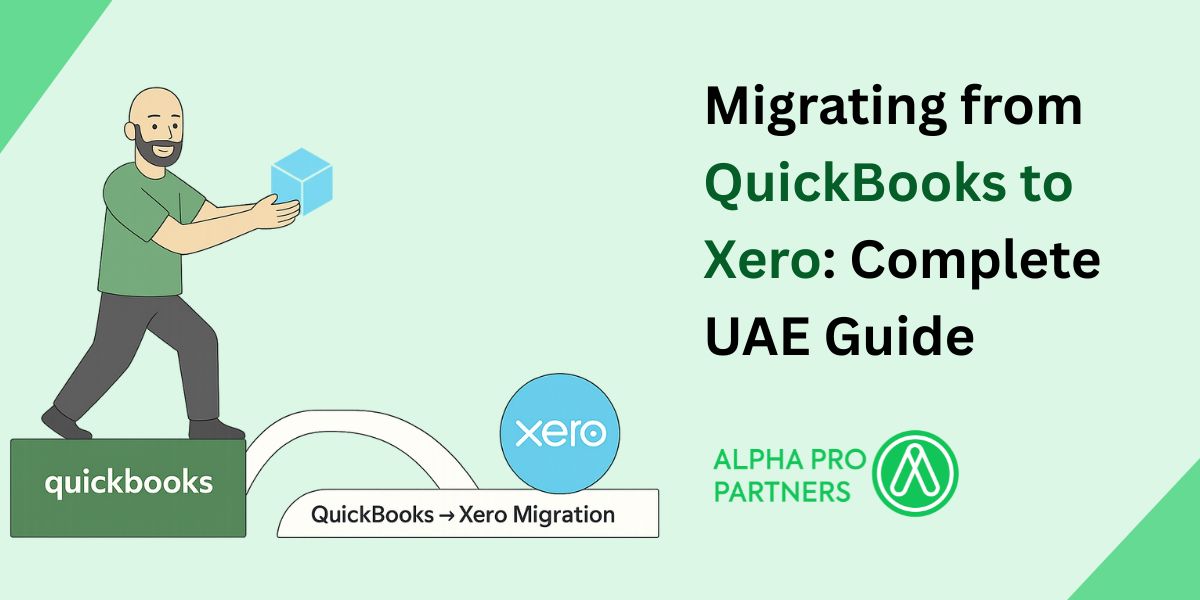
%20Widgets%2C%20Shortcuts%20%26%20Customisation.jpg)
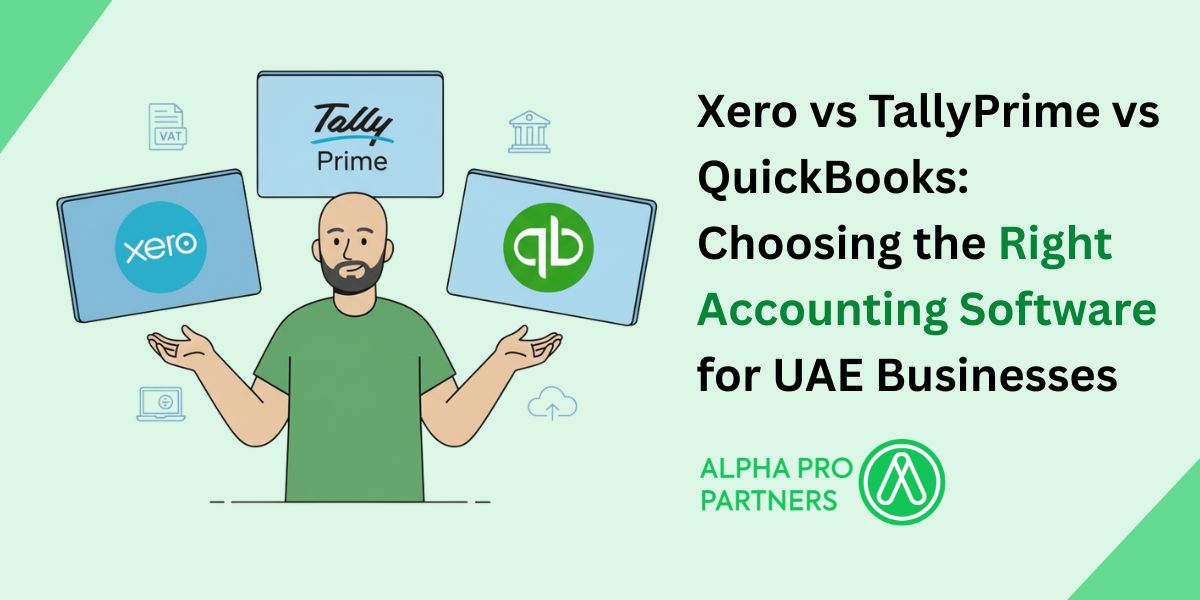







.webp)
.webp)
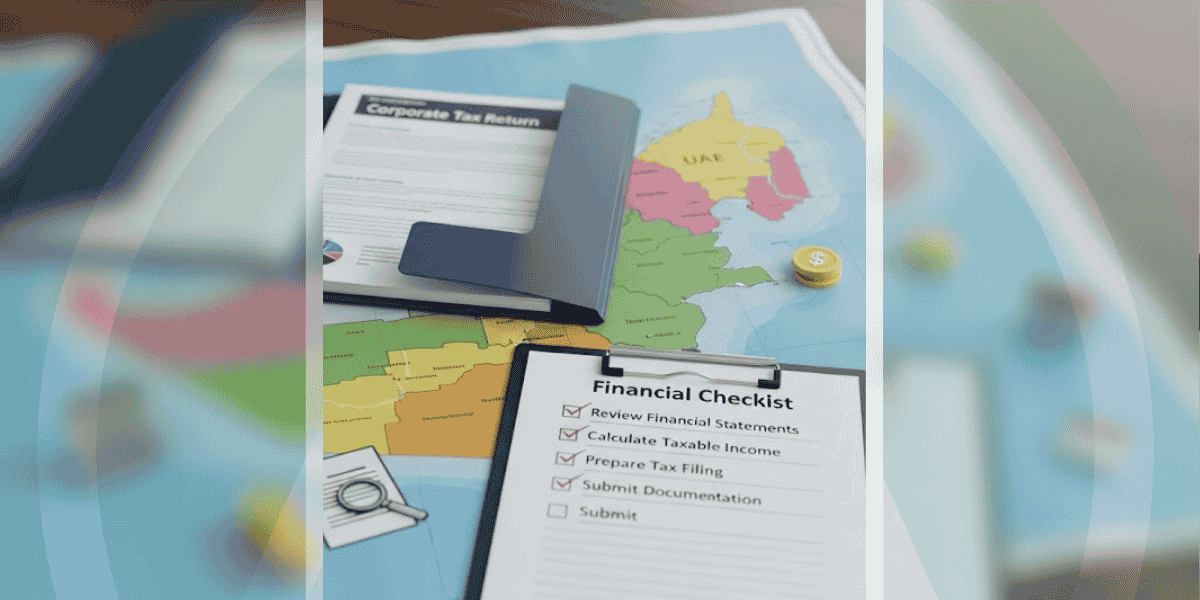

.png)
.png)
.png)
.png)
.png)

.png)
.png)



.png)
.png)





.jpg)


.jpg)




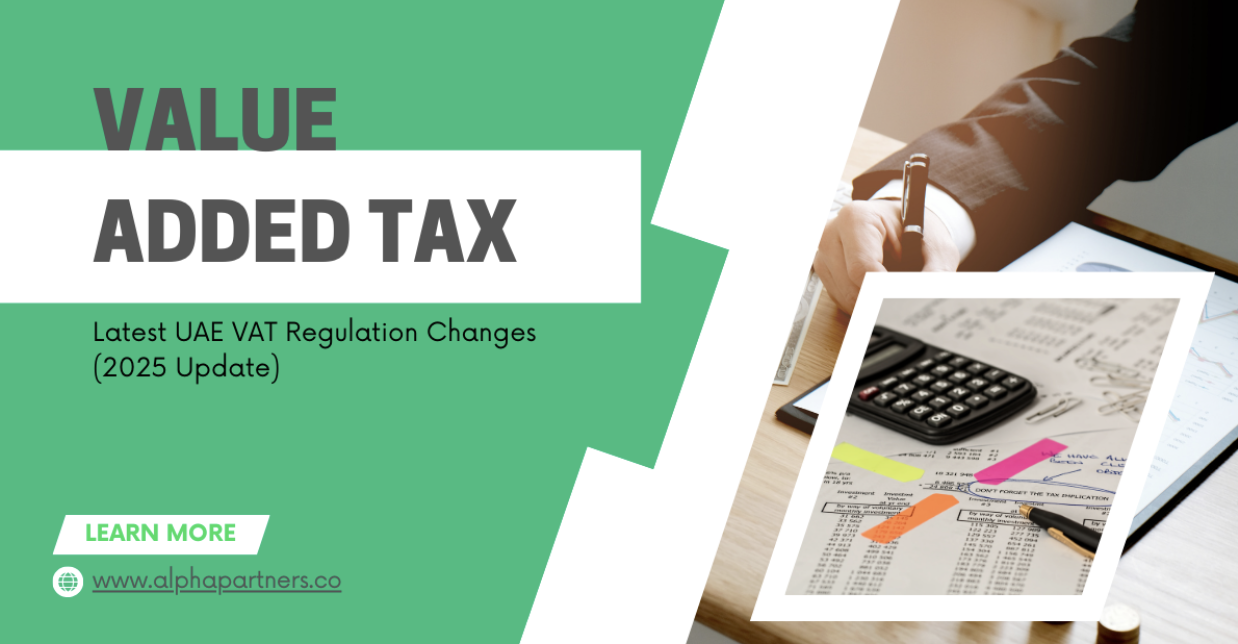
.png)
.png)






.png)


